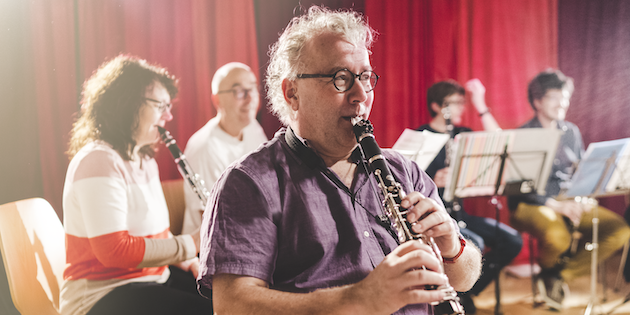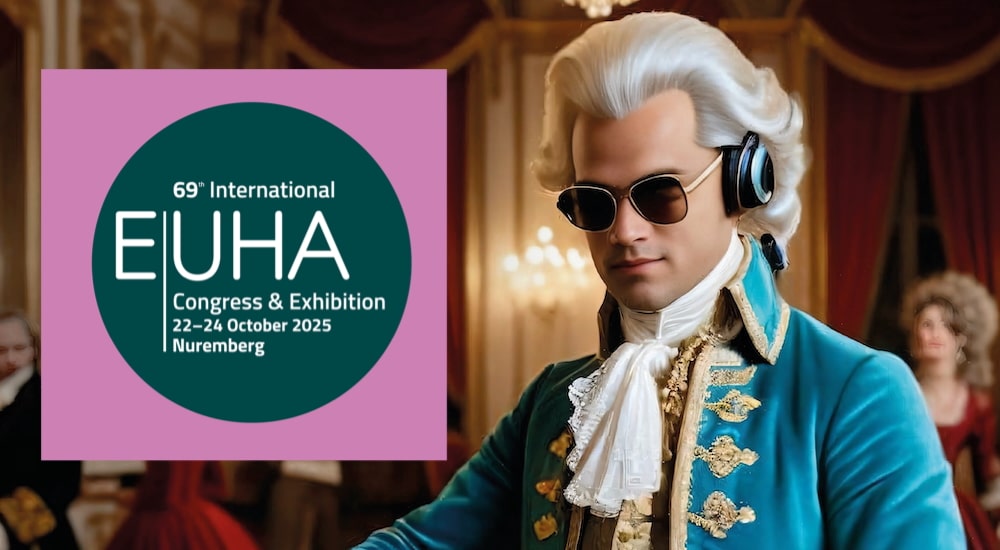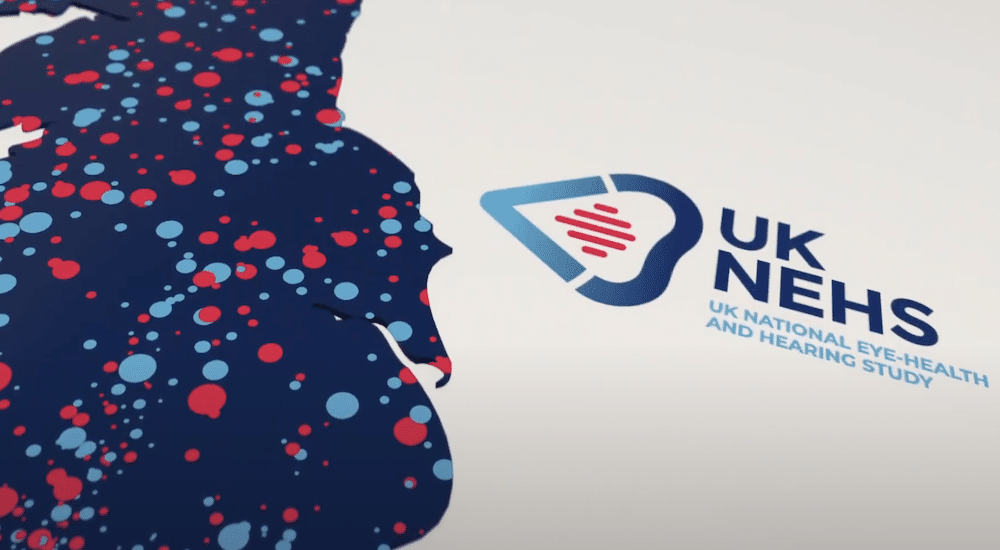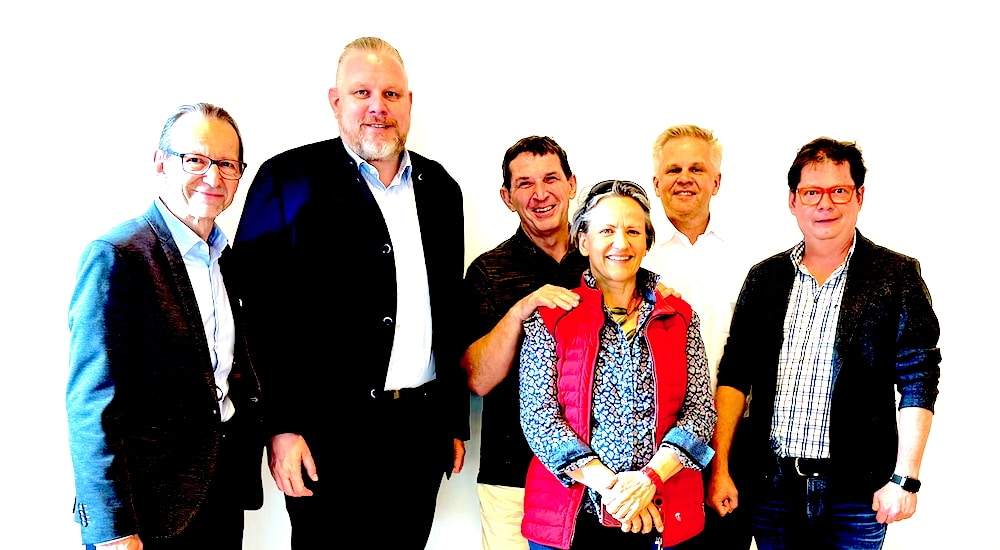How hearing instruments can improve musical instruments
music
BIHIMA spoke to Barbara Simon, Clinical Research Audiologist at Bernafon in Bern Switzerland, about their music programme and the results of a recent study they conducted with musicians.

By Olivia Hill
Losing your hearing can be devastating. For music enthusiasts and especially musicians it can also mean losing your lifelong passion and even your career. At Bernafon, they have a priority focus on improving the music experience for the hearing instrument user.
BIHIMA: Why is music important to Bernafon?
Barbara Simon (BS): In the early 2000’s music was not an important area to focus on for hearing instrument manufacturers. Speech was always and still is the key priority. But at Bernafon, we knew that people’s desire to hear and play music was a real issue and we wanted to do something about it.
We partnered with Marshall Chasin from Canada to develop our first music programme for hearing instruments back in 2008. A live music programme was tested with musicians and was successful. Since then, it has been a defining factor of what Bernafon does. We aim to not only keep the ability to listen to music alive for those with hearing loss, but also help musicians to play better. We want to improve the experience for music listeners and music users alike.
BIHIMA: How does a music programme work in a hearing instrument?
BS: Hearing instruments are designed for speech. When it comes to technology, speech is easy to define, even though we sound different and have different tones, the frequency range and loudness levels are similar. When creating a speech programme, it is easier to control factors that are similar in order to create rationales that work across all languages.
But when you think about music it’s not at all the same. The frequency range is much greater. The loudness levels are very different. Each instrument is unique in the sound it produces. So, when you use a standard programme for music, there’s going to be distortion. The difference between a speech and music programme is that you are trying to reduce all the factors that will distort the sound. Hence the need for a totally different programme.

Those who listen and those who play
BIHIMA: Tell us about the role of hearing instruments for musicians? Is the standard music programme sufficient? Does it need to be customised?
BS: A music programme is a general programme. If you like to listen to music it works well in many cases. But you do have to separate between those who listen and those who play, as they have different requirements. When you listen, you listen to the composition. You’re receiving a whole concert of instruments to your ears. When you are playing, you’re not necessarily listening to the overall mix for enjoyment, rather you’re listening to your own instrument in line with others.
In addition, the instrument you are playing is going to make the experience different. A tuba will have different sounds for example than a flute. Flutes are often at the front of an orchestra and tubas are at the back, so the distance is different. When customising a hearing instrument an audiologist needs to focus on these factors, not just the end enjoyment.
BIHIMA: Tell me about the clinical study you have carried out? What were your objectives, what did you want to find out?
BS: Our recent study was aimed at assessing the benefits of an optimised music programme. One of our audiologists created a protocol that you can use to optimise the music programme for an individual, so we wanted to see how much more this improves the experience for a musician over the standard programme.
We wanted to test this in the clinic but also in the real world. The aim of the clinical test was to objectively test the differences – like pitch and duration – between the standard music programme and the optimised programme, so we could then test them in a real-world environment.
In the real-world situation, musicians were better able to differentiate between playing softly and loudly using the optimised programme, helping them to play better. We could also see that the technical aspects of music like pitch discrimination and time delays between notes were improved with the optimised programme.
The musicians’ real-world experience was in line with what the tests in the clinic had identified. It showed that we can help them improve technically in their playing and in the subjective enjoyment of music. In their own musical environments, we asked them to rate their own playing and their playing in a group. In both situations people largely preferred the optimised programme – they could pay attention more and focus on the instruments around them. It showed us that if you can customise the programme effectively, we can improve the overall enjoyment of a musician’s passion.
Translating the learnings
BIHIMA: What’s the next step to create a product offering?
BS: Now we have to figure out how we take these learnings and apply them to the technical aspects of the hearing aid and improve the programme from the inside. It is still a device that has to amplify so many different sounds – so many different musical instruments and nuances – so there is a limit to how we can improve the programme generally without optimisation by the clinician.
I think there will always be a need to optimise it for the individual. So, while we want to improve the device, we also want to create a toolbox for it so that audiologists can successfully optimise it. Since publishing our study, a lot of audiologists have contacted us directly and asked how we did it. We can see there is an appetite for this knowledge, so our job now is to show them what we’ve done, so they too can replicate it. As we all share the same goal; to create the best possible experience for the patient.
BIHIMA: How do you find audiologists response to optimising, what do you recommend they do?
BS: Many audiologists may not have the basic musical knowledge, which is understandable as they are not musicians! But to understand the variants in musical instruments and the nuances of music you need some background in it to be able to fit a musician. I for example play piano, but not at a high level and my musical knowledge is limited. It wasn’t until I worked in this area that I really understood it. The audiologist who created this protocol is a musician, so it made it much easier to test it.
However, we don’t want audiologists to be afraid to use this protocol. We hope they are open to learning the skills to fit musicians effectively and to seek specialist advice when needed. I’d recommend audiologists read up on the subject, and gain more knowledge, understand their limitations, and know where they can go for more information, so that they can better help musicians.
Sound of Metal – drumming up awareness

BIHIMA: In light of the recent hype around the award-winning movie, Sound of Metal, do you think hearing loss for musicians is a subject that has gained more traction in the public eye?
BS: Anything that can enter the mainstream and raise awareness of an issue like this is important. The awareness is one side, action is another. The musician with hearing loss needs to realise this problem applies to them and do something about it. Our job is to work out how we can create more outreach, so people understand that if you are a musician with hearing loss, we can help you. But before that happens what is essential is the need to use hearing protection to avoid the problem before it happens. And the musicians who are not on the big stage need to realise this applies to them too!
BIHIMA: Can we imagine a future where hearing loss doesn’t impact people’s enjoyment of music, and where a career in this industry isn’t affected?
BS: The hope is always that we continue to improve the technology so people can hear better. Chip processing power and the engineering behind our manufacturing changes so fast; every couple of years we find we make big jumps. I think realistically we’re not going to get back everything a person has lost but by customising, improving the programmes and improving the instruments, we do our best to try to get closer to this. Adjustment will be key, giving people the tools to improve their own environment and empowering the individual; that is where we want to get to.
About BIHIMA
The British Irish Hearing Instrument Manufacturers Association (BIHIMA) represents in the UK and Ireland the world’s leading hearing instrument manufacturers. We work in partnership with other professional, trade, regulatory and consumer organisations within the health care and charitable sectors. Our goal is to raise awareness of the benefits of hearing well, making available the very latest in hearing technology aligned to consumer and hearing healthcare priorities to enhance the lives of those affected.
Source: Audiology Worldnews EUHA special/Bernafon
 Sign in
Sign in

